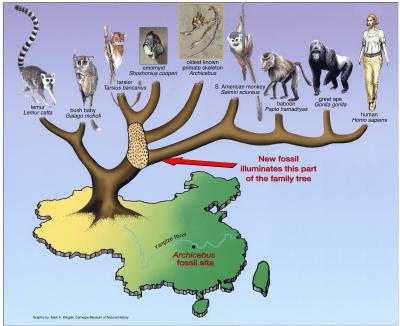Topic: Haut Couture: Grimsby, (1915-67).
A dress made by Mildred Bellamy of Grimsby from the collections of thesre Museum of Rural Life in Waltham. Photograph kindly provided by Janet Hall.
Mildred Agnes Bellamy (née Rhodes) was born in Grimsby in 1892, the daughter of Henry Charles Rhodes, a grocer and general dealer. At the time of the 1911 census the Rhodes family was living at 127 King Edward Street and Mildred was helping with the grocery business, while her brother, Henry, was working as a brick-maker.
On 29th July 1915 Mildred married Ernest Bellamy (aged 26) at St James’ Parish Church, Grimsby. Ernest was a Pawnbroker’s Assistant and he lived at 136 King Edward Street; a short walk away from the home of the Rhodes family.
Mildred became a very skilled seamstress and she made some lovely dresses. Judging from surviving examples of her work, she certainly liked her heavy brocade fabric.
Mildred and Ernest lived for many years at 51 Abbey Road in Grimsby. Ernest passed away in 1966 and Mildred died only a few months later on 28th January 1967.
Abbey Rd and the Abbey Estate (1888-1913)
By moving from King Edward Street to Abbey Rd Ernest and Mildred left Grimsby's working class to serve the wealthy middle class culture at the Western edge of town where the aspirations were to live on Bargate or in Abbey Park Rd.. A measure of this wealth is to view the length of Abbey Rd from the The East,where it origiinated close the town's sewage works, to the low density of large detached properties, to the West, surrounded by big gardens, occupied by the likes of trawler owners, stockbrokers and lawyers.
A peak of this Edwardian wealth was the house on the corner of Abbey Road and Bargate. It was originally one of several owned by Sir Alec Black, a Grimsby trawler owner, who died aged 69 on June 28, 1942.
He built up his fortune by buying and building trawlers, which he placed at the disposal of the Government when war broke out in 1914, the same year he received his baronetcy. One of his first acts in racing was in 1917 when he bought a horse,The Panther, for 3,600 Guineas. He also owned Tetrabbazia, the broodmare who bred Singapore, the St Leger winner who was bought by Lord Glanely as a yearling. In 1931 Sir Alec disposed of his entire bloodstock.
In his will he left £50,000 to his manager, various annuities to others, and established a trust to buy 'the finest bed linen and down pillows' for hospitals in England and Scotland and to help his employees and Grimsby fishermen and dock-workers.
Wellow Abbey probably had an important role in the economy and cultural ecology of medieval Grimsby. But, there is very little archival material available about its local impact, which no doubt adds to the allure of the topic to amateur historians. Although the geographical site of the abbey, close to the town centre is well known, it is now occupied by a small housing estate, known as the Abbot’s Way Development, built over it in the late 1960s. One of these houses is on the southern edge of a tiny hill, probably a small glacial moraine, which attracted the monks of Wellow. They built their abbey on This hill, just outside the town, above the surrounding poorly drained fen which was, riddled with natural artesian springs, called blow wells. With an OS bench mark of about 20 ft above sea level it is one of the highest spots in Grimsby!.










Comments
Post a Comment